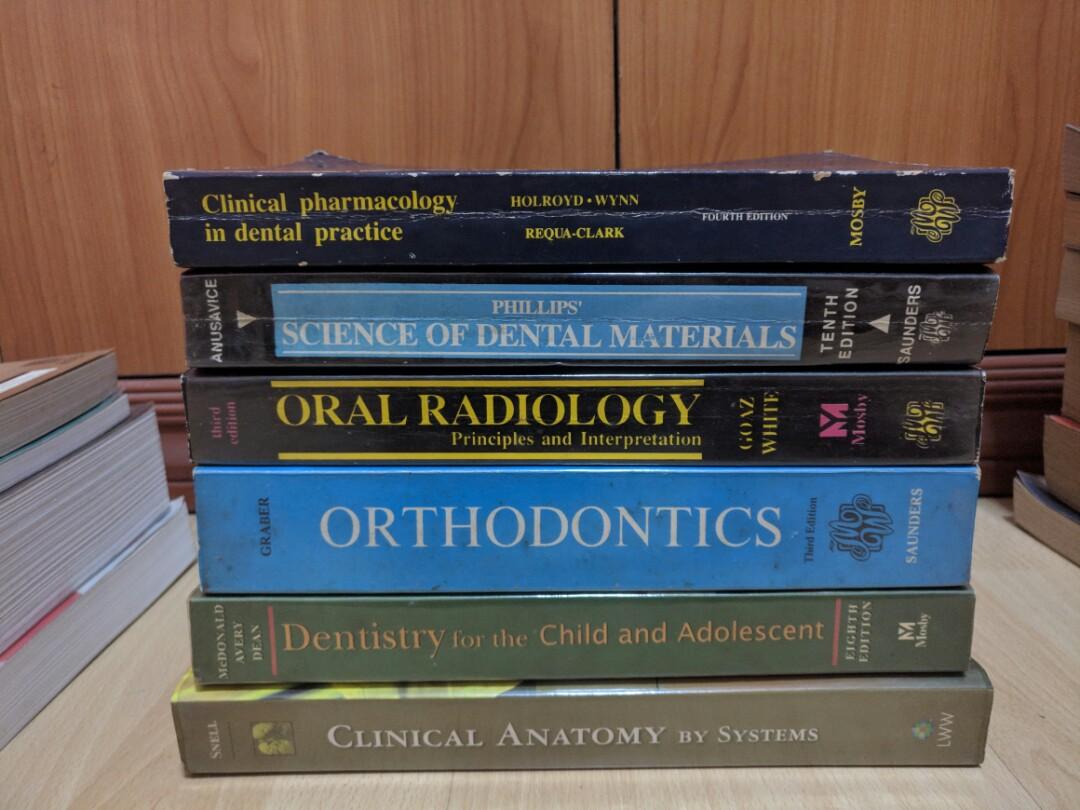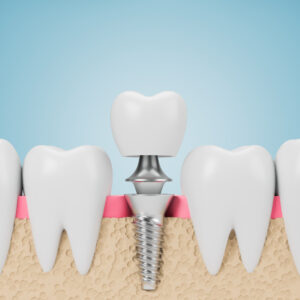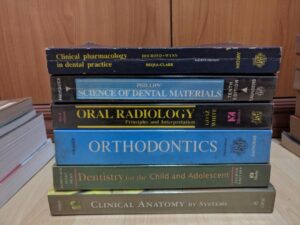
Being a dental student is an exciting journey—but it also comes with a lot of challenges. One of the best ways to tackle those challenges is by reading up on the latest research and information in the field. Whether you’re starting your dental school journey or you’re an experienced student looking for some extra study materials, these essential dental books have got you covered! Read on to discover our top picks for must-have dentistry books that will help you stay ahead in the field.
Dental Radiography Principles and Techniques
There are a few key dental radiography principles and techniques that every dental student should know. Here are essential books on the subject that will help you master them:
1. “Dental Radiography: Principles and Techniques” by Joen Iannucci and Laura Jansen Howerton. This textbook is a comprehensive guide to all things dental radiography, from basic concepts to more advanced topics. It covers everything from exposure settings and film selection to digital imaging and radiation safety. If you want to be a radiography rockstar, this is the book for you.
2. “Radiographic Techniques for General Dentistry” by Robert Pashley and Charles Wilcox. This book is geared towards general dentists who want to brush up on their radiographic skills. It covers topics like choosing the right film and cone size, as well as proper patient positioning. With clear illustrations and easy-to-understand explanations, this book is a great resource for anyone looking to improve their radiographic game.
3. “Imaging in Dentistry” by James Biermann. This book provides a detailed overview of all aspects of dental imaging, from x-rays to CBCT scans. It covers everything from image acquisition to interpretation, making it a valuable resource for anyone who needs a refresher on dental imaging basics.
Whether you’re just starting out in dental school or you’re a seasoned veteran, these books will help you brush up on your dental studies.
Essential Dental Public Health
There are a few key dental public health books that every dental student should have in their collection. The first is “Public Health Dentistry” by pages jpg. This book provides a comprehensive overview of dental public health, and covers topics such as oral epidemiology, dental caries prevention, and access to care.
Another essential book is “Community Oral Health Practice” by William R. Maas. This book focuses on the delivery of oral health care in community settings, and includes information on community water fluoridation and school-based sealant programs.
Finally, “Dental Public Health and Research: Principles and Practice” by Michael I. MacEntee is a great resource for those interested in research in the field of dental public health. This book covers topics such as study design, data analysis, and ethical considerations in research.
Fundamentals of Operative Dentistry
Operative dentistry is the branch of dentistry that deals with the diagnosis, prevention, and treatment of diseases of the teeth and their supporting structures. It includes all aspects of dental treatment, from simple fillings to complex tooth restoration.
The first step in operative dentistry is diagnosis. The dentist will take a complete medical history and perform a thorough examination of the teeth and mouth. They will also order x-rays and other diagnostic tests as needed.
Once a diagnosis is made, the dentist will develop a treatment plan. This plan may involve one or more procedures, such as fillings, crowns, bridges, or implants. The type of procedure(s) used will depend on the extent of the damage to the tooth or teeth.
Operative dentistry requires special training and skills. Dentists who perform these procedures must be able to identify problems early and plan treatment accordingly. They must also be able to execute complex procedures flawlessly.
Handbooks in Operative Dentistry
One of the most essential dental books for students is a handbook in operative dentistry. This book provides detailed instructions on how to perform various dental procedures, including fillings, crowns, and bridges, there are also web pages about cosmetic dentistry for students who really wants to learn about cosmetic denstitry. It also includes information on anesthesia and pain management. This book is an essential resource for any dental student who wants to provide quality care for their patients.
Illustrated Anatomy of the Head and Neck
The human head and neck is an intricate system made up of many different parts. The following illustration provides a detailed look at the anatomy of the head and neck, including the bones, muscles, nerves, and blood vessels.
The head and neck are supported by the bones of the skull and spine. The skull is made up of 22 bones, including the frontal bone, which forms the forehead; the parietal bones, which form the sides and top of the head; and the occipital bone, which forms the back of the head. The spine extends from the base of the skull to the pelvis and is made up of 33 vertebrae.
The muscles of the head and neck allow for movement in all directions. There are over 60 different muscles in this region, including those that control facial expressions, chewing, swallowing, and yawning.
The nerves of the head and neck provide sensation to this region as well as control over voluntary movements. There are 12 cranial nerves that originate from the brain, as well as numerous other nerves that come from different levels of the spinal cord.
Finally, blood vessels supply oxygen-rich blood to all parts of the head and neck. The arteries branch into smaller vessels called arterioles before reaching capillaries, which then connect to veins that return blood back to the heart.
Oral Pathology for the Dental Hygienist
Oral pathology is a branch of dentistry that deals with the study of diseases of the oral cavity. The dental hygienist is often the first line of defense against these diseases, and it is essential that they be familiar with the signs and symptoms of oral pathology. There are many excellent books on the subject, but here are a few that we think every dental student should have:
“Oral Pathology for the Dental Hygienist” by Irene M. Woodall is a comprehensive guide to oral pathology for dental hygienists. It covers everything from basic anatomy and physiology to common oral diseases and their treatment. This book is an essential resource for any dental student who wants to be well-informed about oral health.
“Dental Anatomy Coloring Book” by Michael J. Ware is a great way to learn about the anatomy of the mouth and teeth. The coloring book format makes it easy to understand and remember the different parts of the mouth, and the accompanying text provides detailed information on each structure. This book is a valuable resource for any dental student who wants to improve their understanding of dental anatomy.
“Basic Oral Pathology” by Timothy H. Foster is a concise yet comprehensive introduction to oral pathology. It covers all of the basics, from etiology and pathogenesis to diagnosis and treatment, in an easy-to-understand format. This book is perfect for any dental student who wants to get a solid foundation in
Pediatric Dentistry – An Integrated Approach
Pediatric dentistry is a branch of dentistry that deals with the prevention, diagnosis, and treatment of dental problems in children from birth to adolescence. Pediatric dentists are specially trained to care for the unique dental needs of infants, children, and adolescents. They use a variety of techniques to make sure your child is comfortable and relaxed during their appointment.
The American Academy of Pediatric Dentistry (AAPD) recommends that children see a pediatric dentist when they turn one year old. preventive care visits allow your pediatric dentist to get to know your child and develop a relationship of trust. These regular check-ups also give your dentist the opportunity to spot any potential problems early on and provide treatment accordingly.
During a typical preventive care visit, your pediatric dentist will:
- Conduct a thorough oral examination
- Check for signs of tooth decay or other oral health problems
- Clean your child’s teeth and remove any plaque or tartar buildup
- Apply fluoride treatments to help prevent tooth decay
- Provide dietary counseling and advice on proper oral hygiene habits
- Take X-rays as needed to check for problems such as cavities or gum disease
Conclusion
Dental students will benefit greatly from having access to the right dental books though attracting dental patients is usually difficult that is why every dentist must be fully knowledgeable on their field . From learning about the basics of dentistry to mastering more advanced techniques, these essential dental books are a must for any student serious about their studies. With so many options available, it can be hard to decide which ones you should prioritize. We hope that this list has given you some ideas on which dental books will best suit your needs and help you prepare for your future career in dentistry




